Brown Spider Plants
Kelly83
12 years ago
Featured Answer
Comments (16)
birdsnblooms
12 years agoRelated Professionals
Wrentham Landscape Architects & Landscape Designers · Leawood Landscape Architects & Landscape Designers · Port Royal Landscape Architects & Landscape Designers · Maple Valley Landscape Contractors · Bedford Heights Landscape Contractors · Brooklyn Park Landscape Contractors · Fort Worth Landscape Contractors · Lake Worth Landscape Contractors · Leicester Landscape Contractors · Seven Hills Landscape Contractors · Stony Brook Landscape Contractors · Waipahu Landscape Contractors · Clearfield Landscape Contractors · Fountain Hills Interior Designers & Decorators · Suisun City Interior Designers & DecoratorsKelly83
12 years agoTiffany, purpleinopp Z8b Opp, AL
12 years agotapla (mid-Michigan, USDA z5b-6a)
12 years agoKelly83
12 years agotapla (mid-Michigan, USDA z5b-6a)
12 years agobirdsnblooms
12 years agoKelly83
12 years agoTiffany, purpleinopp Z8b Opp, AL
12 years agotapla (mid-Michigan, USDA z5b-6a)
12 years agoKelly83
12 years agotapla (mid-Michigan, USDA z5b-6a)
12 years agoTiffany, purpleinopp Z8b Opp, AL
12 years agobirdsnblooms
12 years agopirate_girl
12 years ago
Related Stories
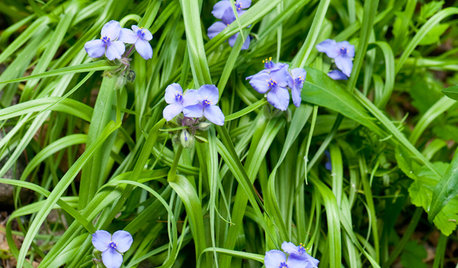
GARDENING GUIDESGreat Design Plant: Tradescantia Ohiensis Adds Shades of Blue
This reliable, adaptable U.S. native provides spider-like foliage and clusters of blue to purple flowers in Eastern gardens each spring
Full Story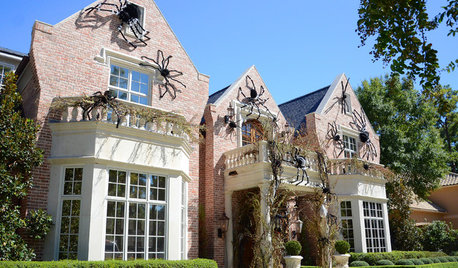
FUN HOUZZSurvey Says: We’re Scared of Being Home Alone — and Spiders
A new Houzz survey reveals that most of us get spooked in an empty house. Find out what’s causing the heebie-jeebies
Full Story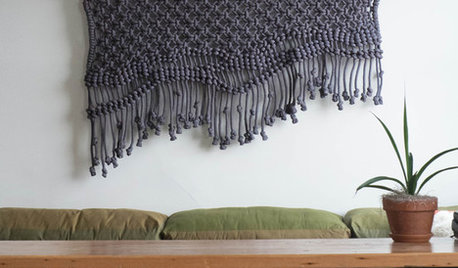
DECORATING GUIDESKnot Again! Macrame Is Back
It's happened. A craft that typified 1970s style (the owls, the spider plants!) is back, but better
Full Story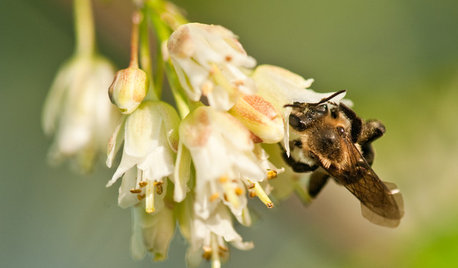
GARDENING GUIDESGreat Design Plant: Staphylea Trifolia Shines in the Shade
Plant American bladdernut for 3 seasons of interest: spring flowers and striped brown branches and bladder-like seedpods in fall and winter
Full Story
GARDENING GUIDESGot Frost-Damaged Plants? How It Happens, and When and How to Prune
Crispy brown leaves are a sure sign that Jack Frost has been to your neighborhood
Full Story
LANDSCAPE DESIGNGreat Design Plant: Retreat to the Shade of Hardy Catalpa
Big foliage and a towering height provide a shady respite in summer, but that's not all hardy catalpa offers dedicated gardeners
Full Story
GARDENING GUIDESWe Bust 4 More Native Plant Myths
Have you been taken in by these fallacies about gardening with native plants?
Full Story
HOUSEPLANTS8 Essentials for Healthy Indoor Plants
Houseplants add so much to our homes — and can thrive when grown in the right conditions. Keep these tips in mind
Full Story
HOUSEPLANTS10 Top Plants to Grow Indoors
Brighten a room and clean the air with a houseplant that cascades artfully, stretches toward the ceiling or looks great on a wall
Full Story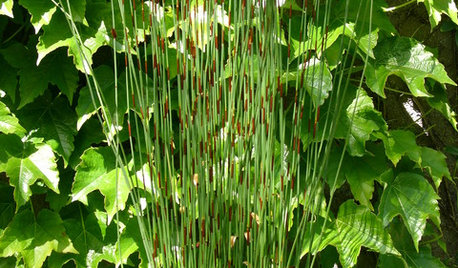
GARDENING AND LANDSCAPINGGreat Design Plant: Cape Rush
Versatile and adaptable, this low-maintenance ornamental grass provides an element of calm
Full Story








tapla (mid-Michigan, USDA z5b-6a)